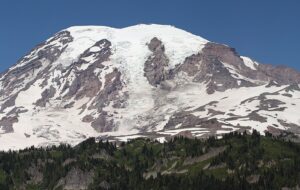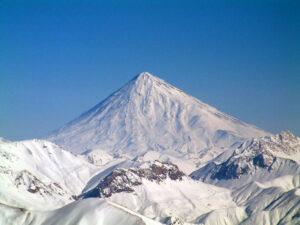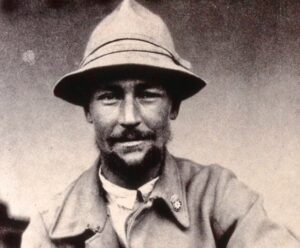
Nearing the summit of Hkakabo Razi. Photo: National Geographic
Last month, as part of this video series, we aired the National Geographic documentary Down to Nothing. It was the story of the 2013 expedition to what is arguably southeast Asia’s highest point, Hkakabo Razi, in northern Myanmar. Not everyone agreed with its preeminence, however. The mission of the expedition was to verify its height, as established by British and Russian surveyors.
The team of climbers and filmmakers trekked 200km through thick Burmese jungle before reaching the base of Hkakabo Razi. Their accompanying behind-the-scenes video, Breaking Burma, shows eight minutes of the painful filming process.

Two stressed and unhappy team members in the jungle. Photo: National Geographic
The 30-day expedition on Myanmar’s sketchy plains proved almost too much for them to handle, and heli-rescue was not possible. Desperate to lighten their load, they left half of their equipment in an elusive village in the forest. This proved to be the best thing to happen to the team, but it forced them to film blind, without a monitor for their high-end but technology-dependent Red Camera. It showed how even with major financial backing, expeditions still sometimes must turn to self-reliance and leaps of faith.
The blind footage captured the villagers’ simple way of life in the shadow of Hkakabo Razi. In retrospect, the team’s attempt to accurately measure the mountain’s height to the last metre, and their journey along its foothills, inadvertently gave them a glimpse into a bigger picture and led them to an important conclusion: that Hkakabo Razi is not simply its peak, however tall it may be, but also the human element that resides below it, in the little villages that dot its lush landscape.






